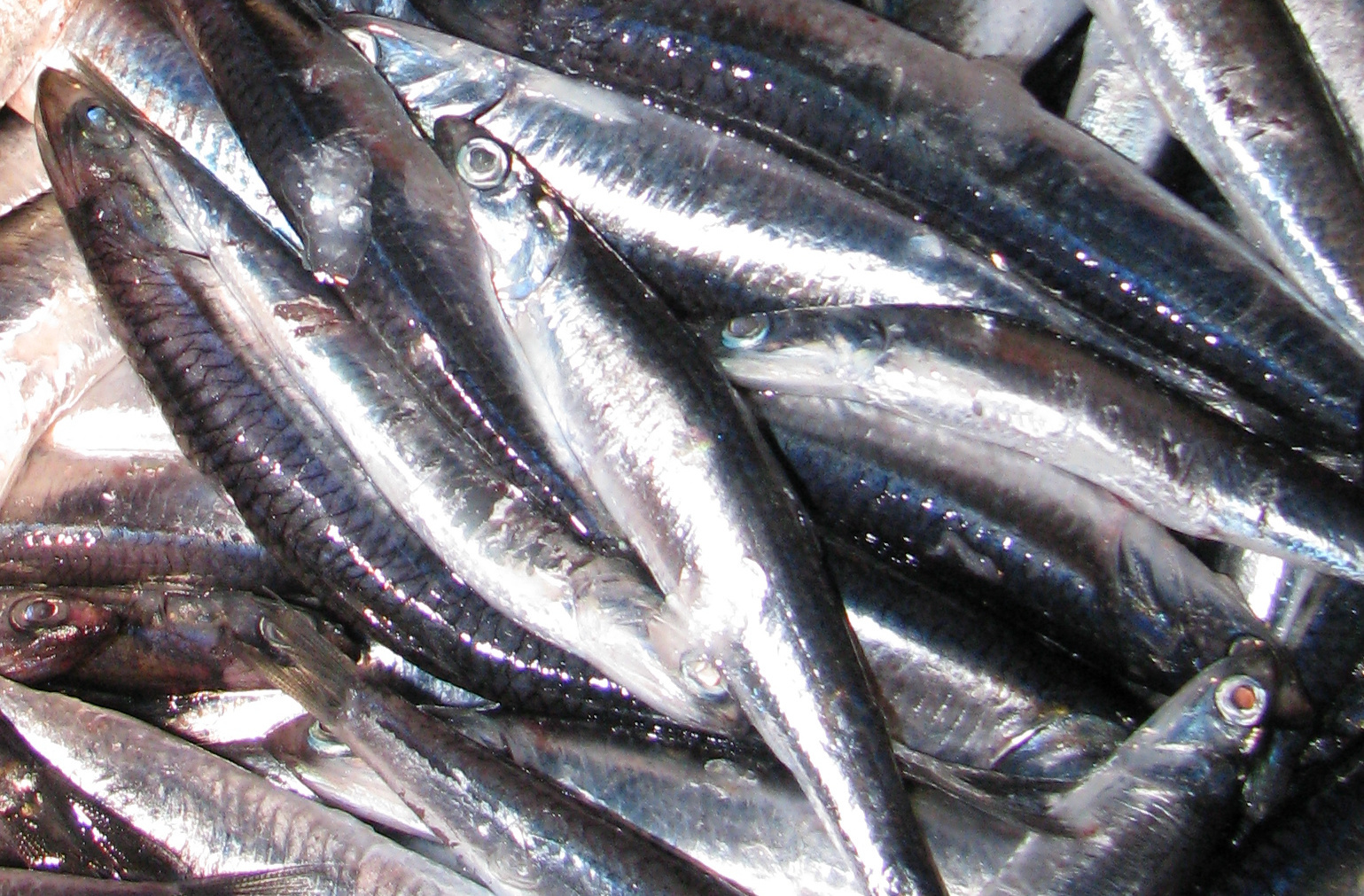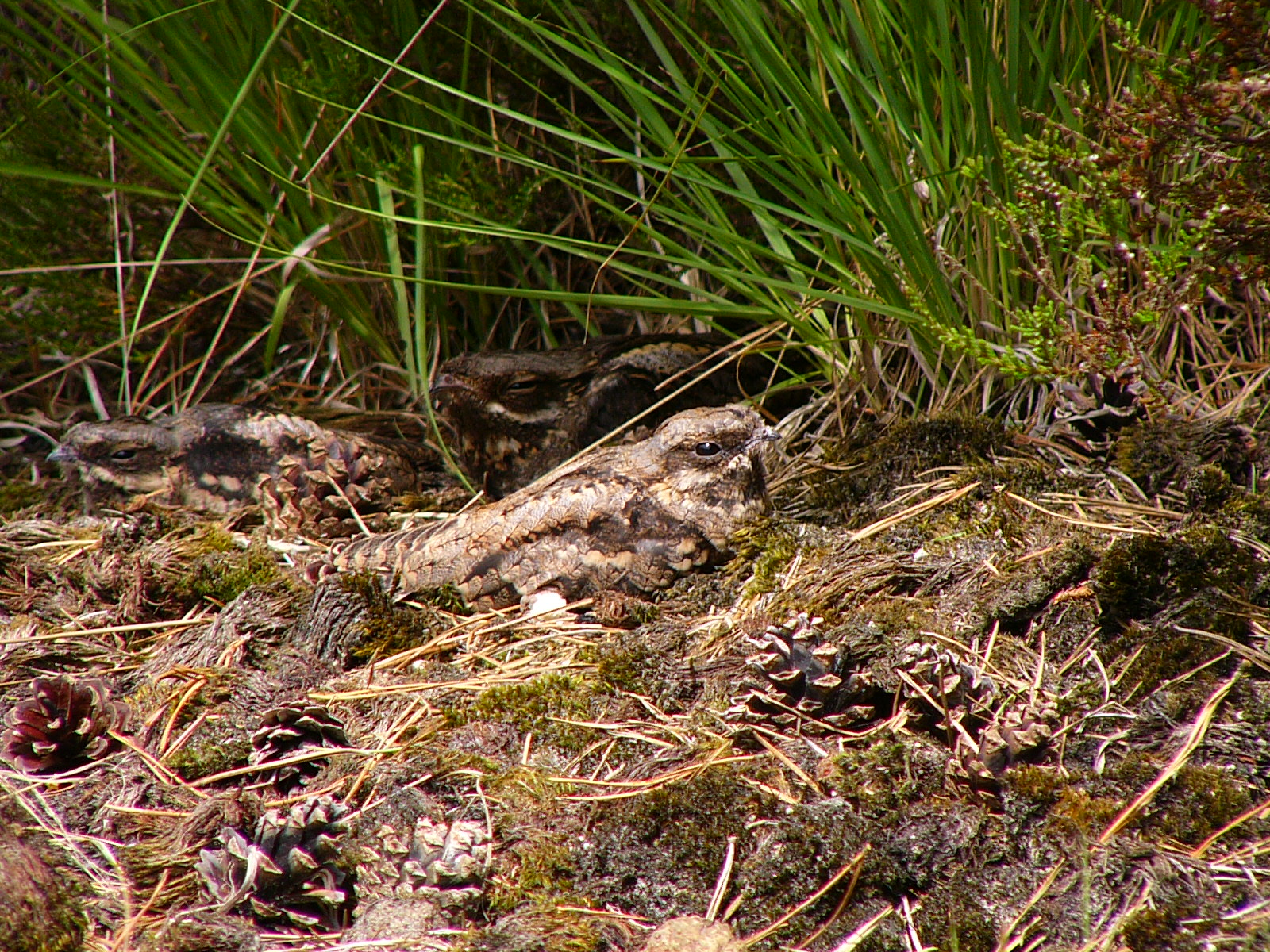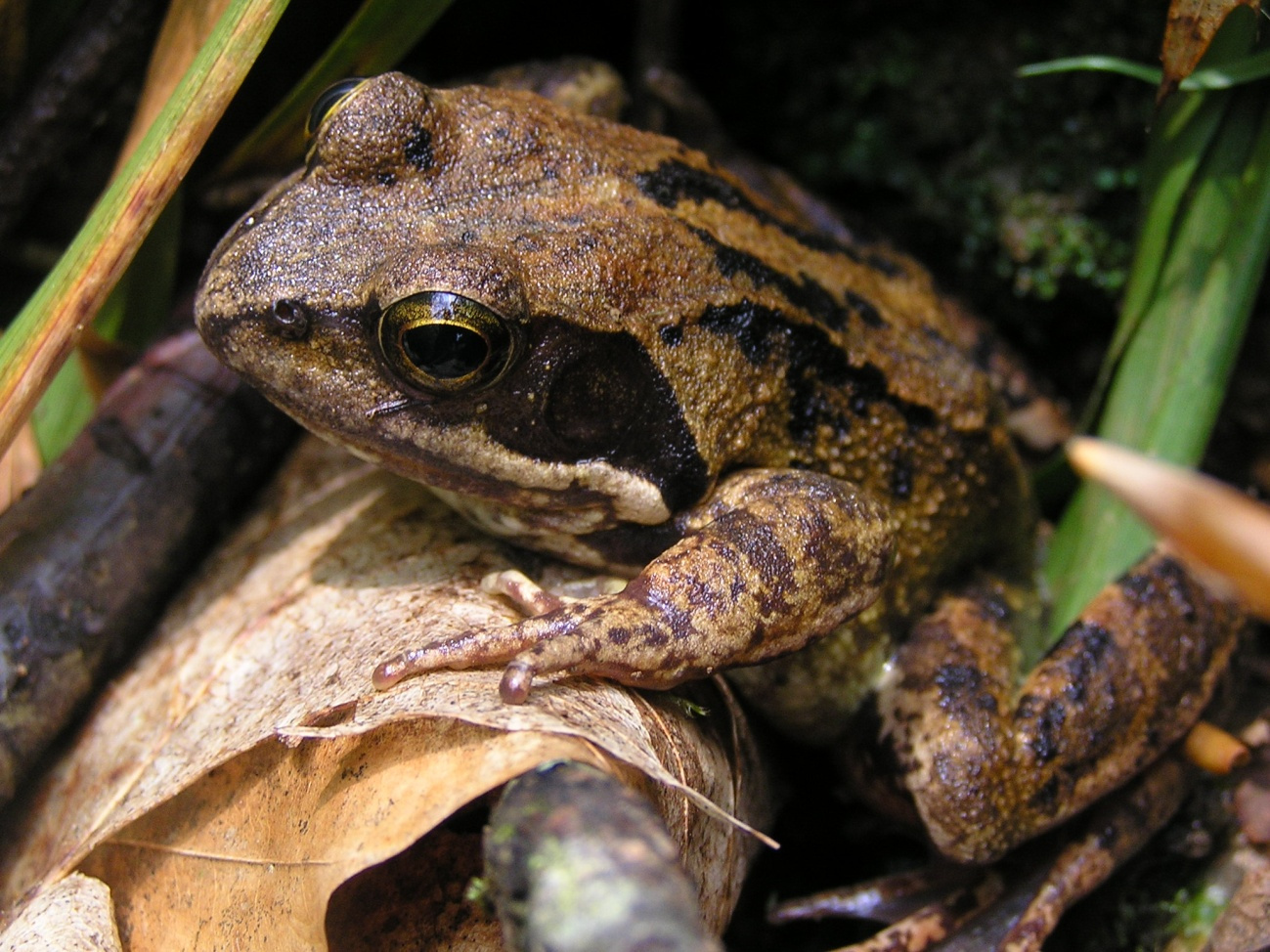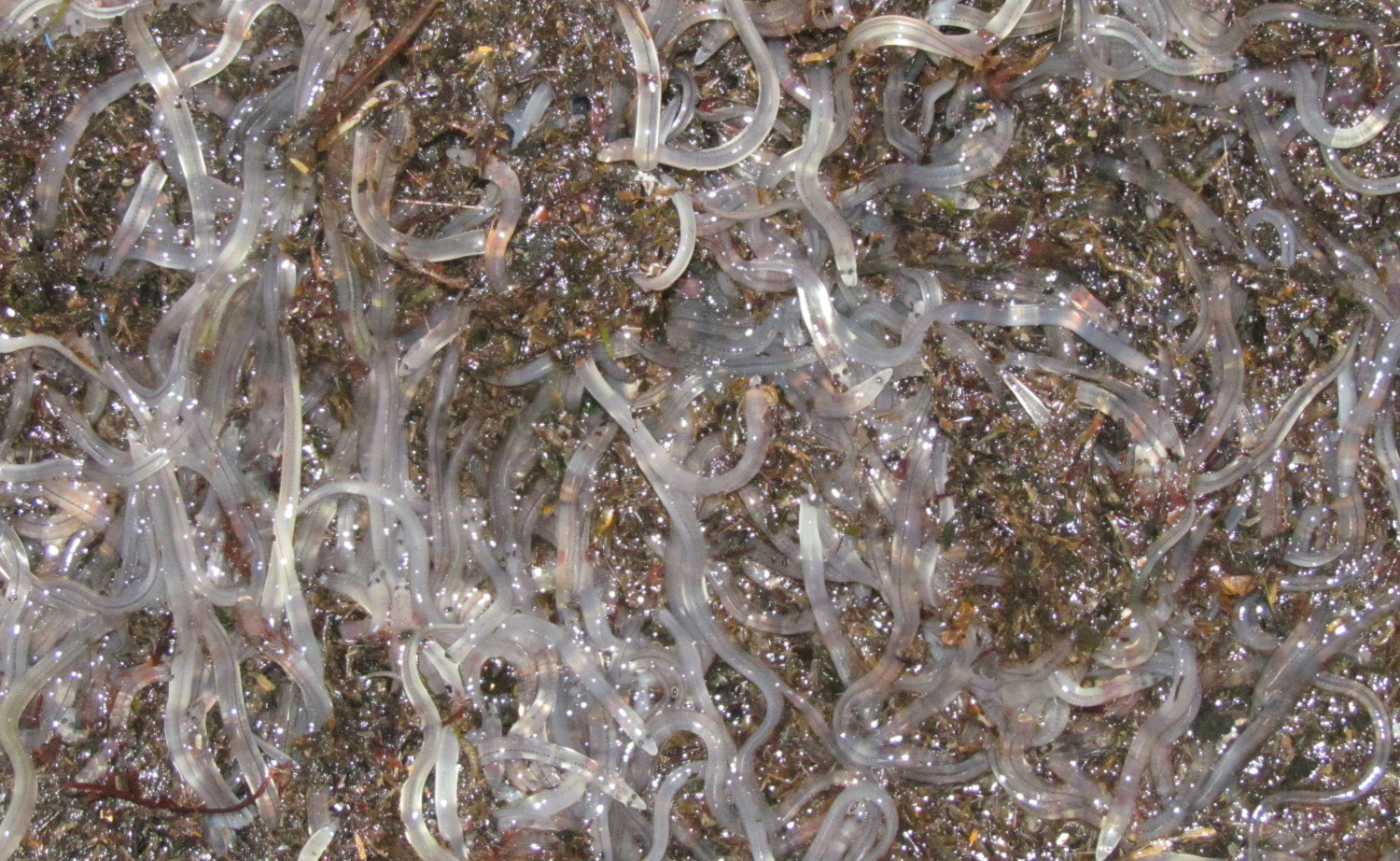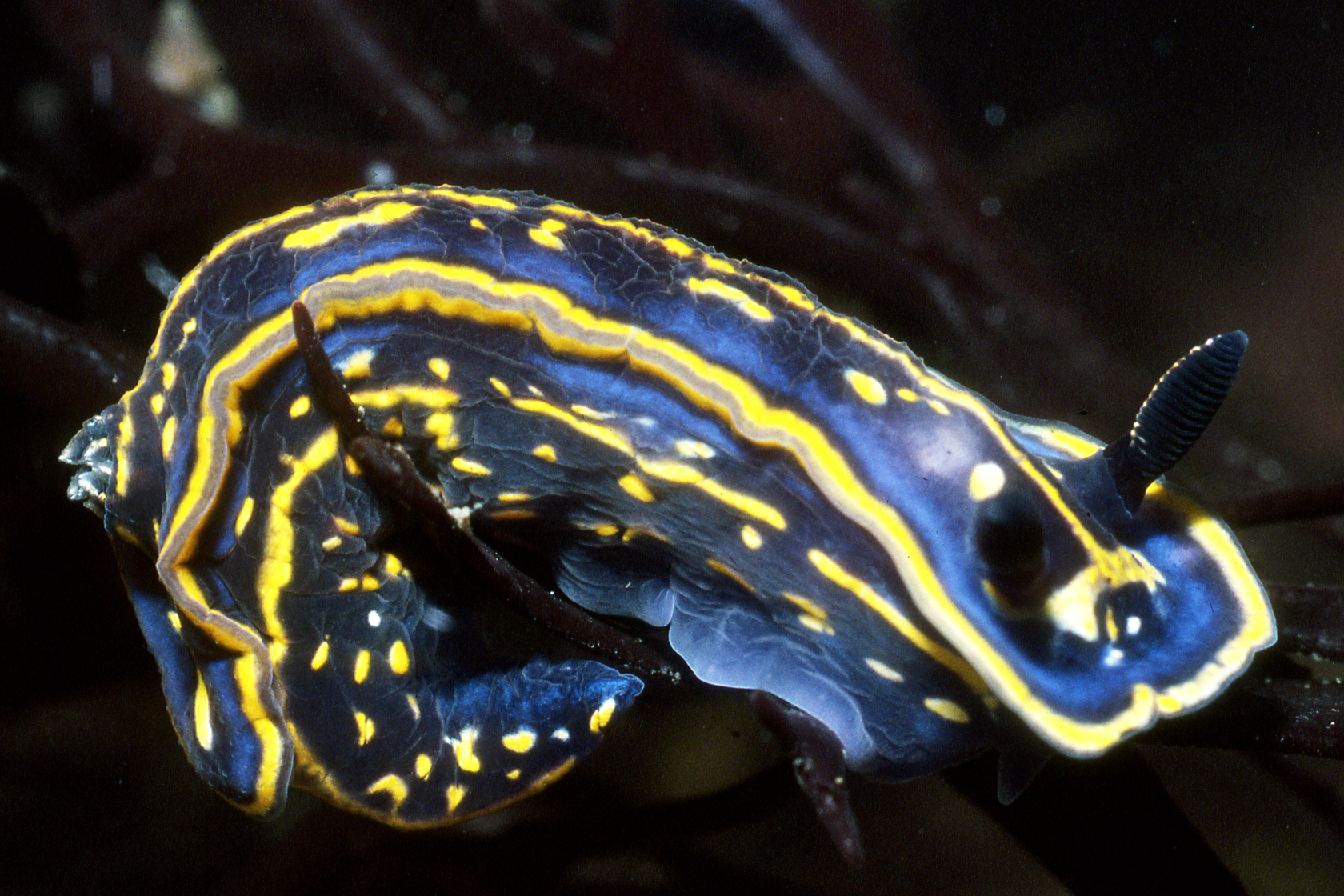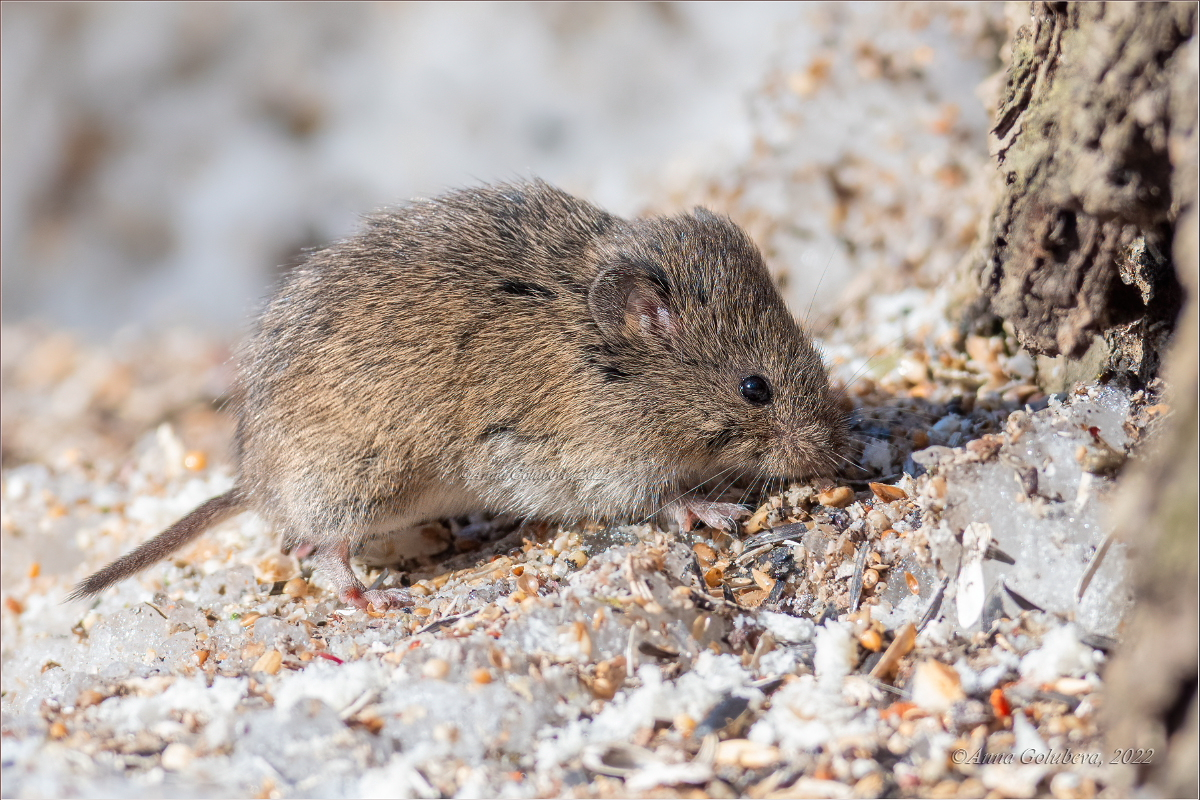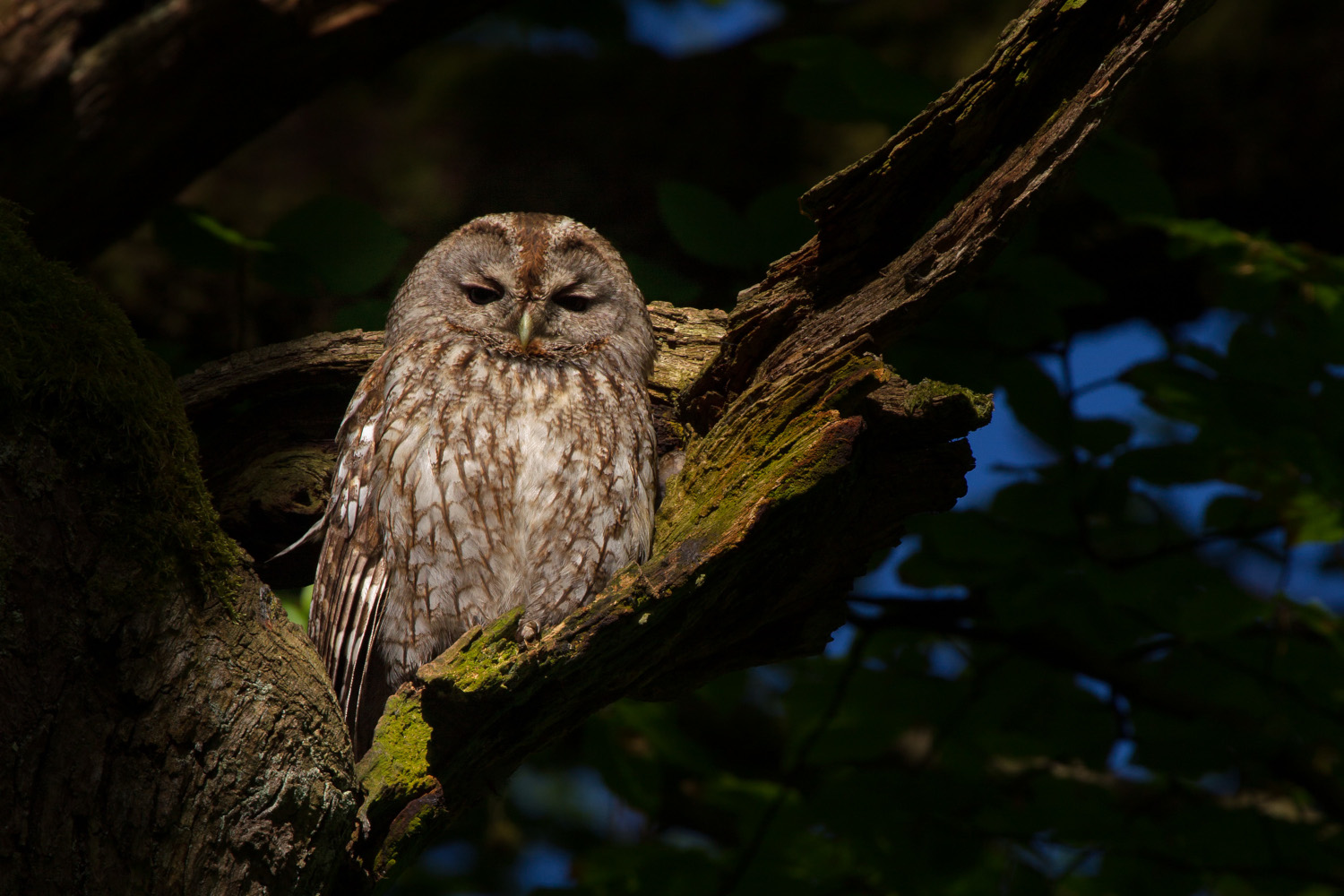Amorrotxa, a blue-blooded dreamer?
- Skillful, witty and elusive; the common octopus, although the name does not indicate it, has extraordinary abilities. This carnivorous marine cephalopod mollusk impresses us with its strange qualities and powers. It is the smartest of all invertebrates, among other things.
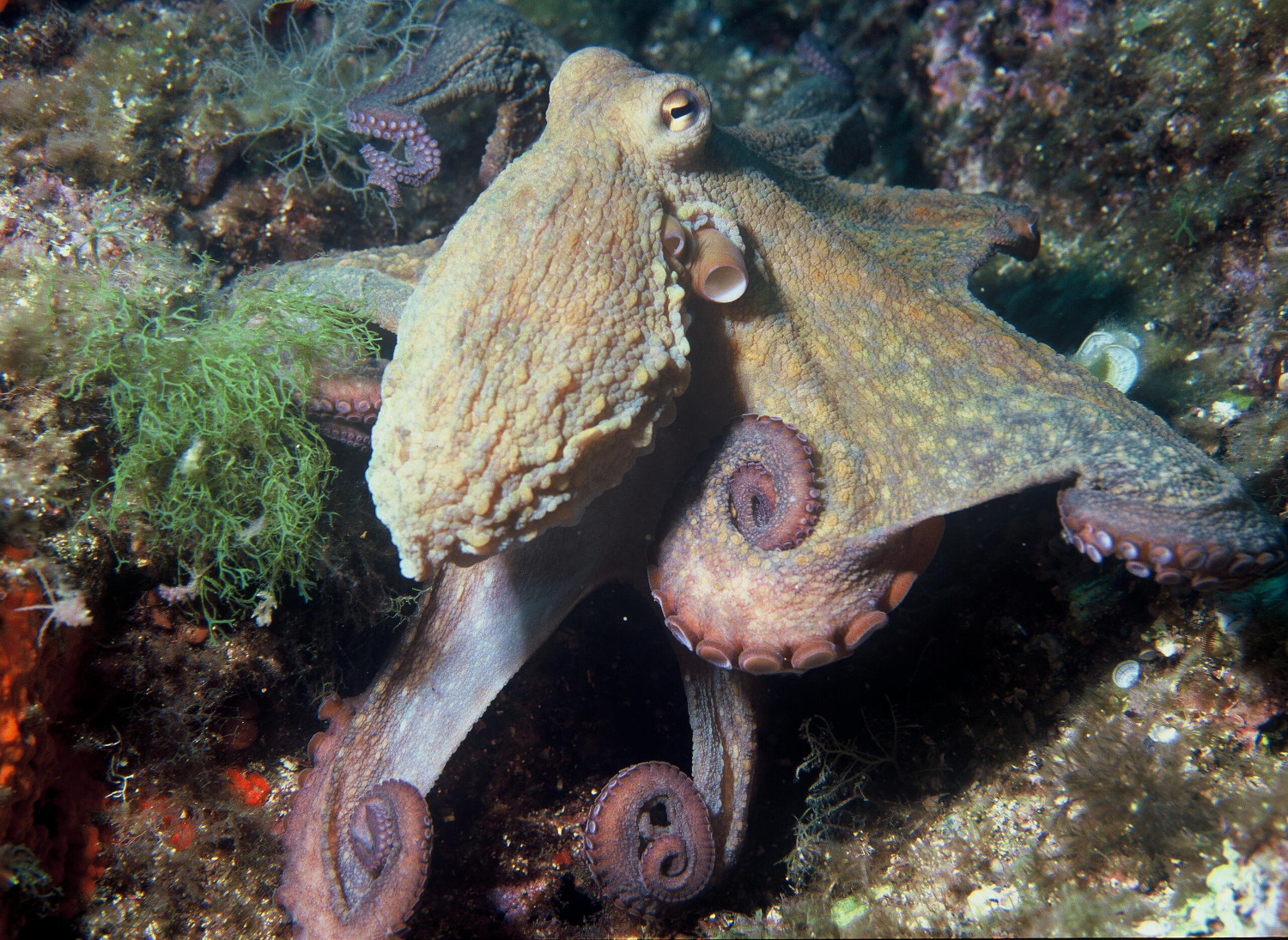
As it is found in the tropical and temperate waters of the world’s oceans, it can also be found on our coast between the shore and 100 meters deep, on rocky backgrounds. The fishermen looking for them know perfectly well that the rugged area of the tidal expanse is an ideal habitat for the Amorrotxa (as it is known in several localities). He loves cracks and holes between rocks, as he has the ability to pass through any narrow slot, both to protect himself from enemies and to attack prey from him.
If we look at the morphological characteristics, we can easily grasp the soft body in the form of an octopus sac, the eight tentacles that surround its mouth and the two lines of suction cups that can be separated under each of them; the latter are necessary to better grip the prey or to adhere well to the handles. Other surprising features include its complex nervous system: It has about 500 million neurons distributed throughout the body, suggesting that it is a fast animal; studies show that they are not only very clear, but also have a great capacity for both memory and learning. On the other hand, he has three hearts to carry the blood he has in his body. Two of them direct the oxygen-free blood to the branchies, where after oxygenation, the blood reaches the third heart to then spread throughout the body.
Octopus blood is blue because of the copper it contains; it is more efficient than the iron we humans have in our red hemoglobin, in the cold waters of the seabed, to carry oxygen in the blood. And here's the other significant organ of octopuses: the ink bag. This allows the octopus to emit ink to protect itself from predators and threats: expel it like a cloud of smoke and use the mixture created to escape. But beyond being an escape route, it’s also a weapon for throwing ink. In fact, one of the components of the ink, tyrosinase, has toxic properties and can therefore also be a protection against predators.
Finally, we cannot fail to mention another of the octopus’s virtues: its ability to mimic, so that it is not detected by predators or prey. Thanks to the controlled coordination of pigment cells (chromatophores) and the use of a network of specialized muscles in the skin, it can quickly match the colors, patterns and textures of its surroundings. This capability is also a communication mechanism. And if all this fails, he has the power to “lose” some arm to escape the predator; in a few weeks his new arm will be reborn, identical to the previous one.
In closed and controlled areas, it has been observed that even in dormant amorphoses, spills of clouds of ink, rapid changes in body color, and similar protective responses have been observed, suggesting that they have active and inactive sleep states similar to those of vertebrates. They can behave in nightmares in the same way as wild beans that feel threatened, in the solitude of the water tank.
Blue blood, three hearts, camouflage and the power to lose and regenerate tentacles. This rapid and surprising creature that develops and perhaps even dreams of memory is often only represented on the plate. If you have a choice, enjoy it. But don’t forget, local octopuses aren’t enough to meet the demand for octopus that local restaurants have. At least not in the Cantabrian Sea.
COMMON OCTOPUS Octopus vulgaris
THE TEAM: Mollusk/Cephalopod.
THE SIZE OF: They can reach up to 180 cm.
WHERE DO YOU LIVE? In warm waters. In the Basque Country between the coast and 100 meters deep, on rocky backgrounds.
WHAT DO YOU EAT? Thanks to its strong beak and serrated tongue called radula, it destroys all kinds of crustaceans, molluscs and fish.
MOBILITY OF: If he's not in a hurry, he usually crawls. To escape a threat, however, you’ll use jet propulsion (swimming backwards) by tapping water from the siphon.
REPRODUCTION OF: One of the tentacles functions as a coupling organ. The female will wild the groups of eggs released in the holes between the rocks until the offspring are born.
SURVIVAL: about six months.
"THE DAY OF OLARRU": Every year in Zumaia, in September, there is a big party. There, they hold tastings, cooking competitions and other festive activities.
LEVEL OF PROTECTION: In recreational lacquer fishing, a single octopus weighing more than 750 grams per day can be taken.
Antxoa, bokarta edo albokartia, gure arrain komertzialen artean txikiena, euskal kostaldera hurbildu da.
Katalanen ustetan artzainak engainatzen omen ditu hegazti honek: “enganyapastors”. Espainiar eta latindarrek, aldiz, ahuntzari esnea kentzen diola diote, hortik datorkio hain zuzen ere izen zientifikoan (Caprimulgus europaeus) islatzen den caprimulgus (capra... [+]
Leihatila honetan behin baino gehiagotan azaldu ditugu Ama Naturaren engainuak bere izakiak babestearren. Batzuetan, erle edo liztor itxura zuten euliak ekarri ditugu, beste batzuetan inongo arriskurik ez duten arrisku-kolorazioko intsektuak ere bai (kolorazio aposematikoa... [+]
Nekazal eremu lehor baten erdian ageri da putzua. Txikia da tamainaz, eta ez oso sakona. Egunak dira euririk egiten ez duela, baina oasi txiki honek oraindik ere aurretik bildutako urari eusten dio. Gauak eremua irentsi du eta isiltasunaren erdian kantu bakarti bat entzun da... [+]








